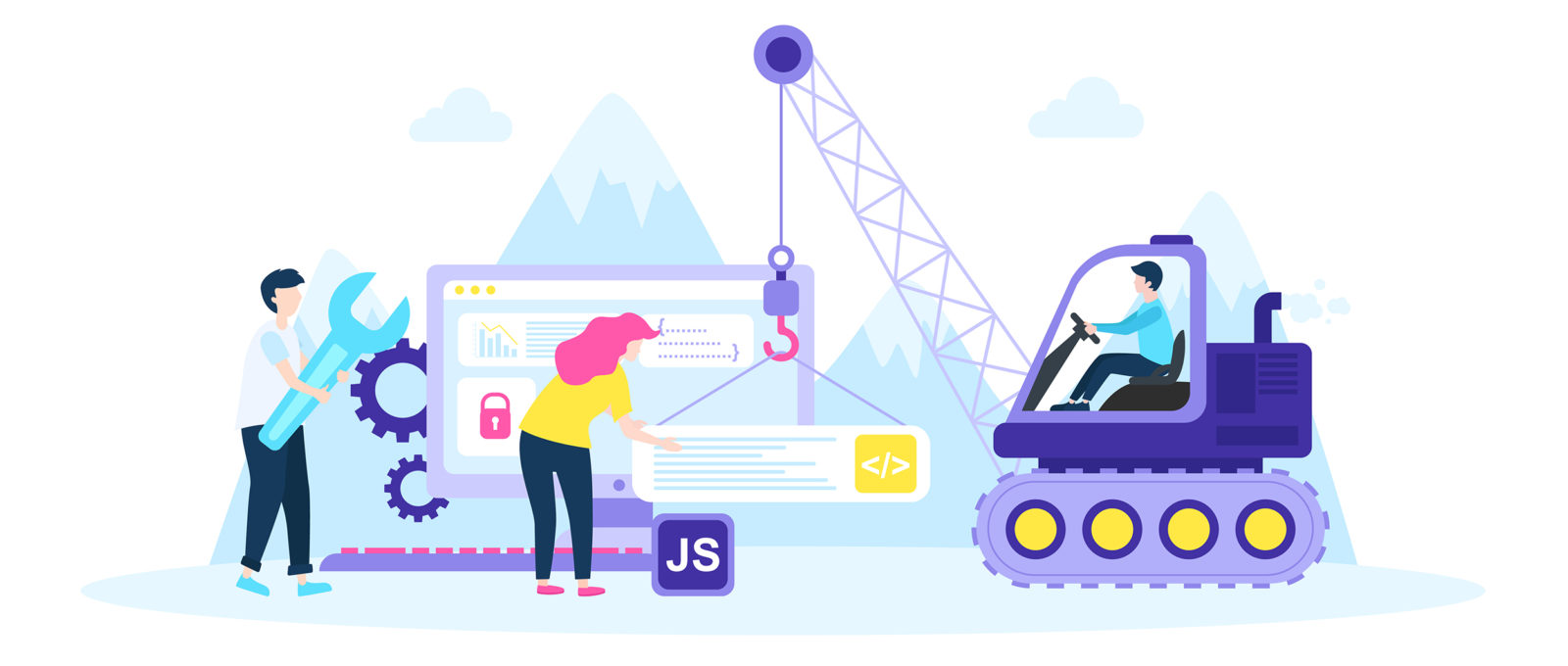In the past, websites were basic and concentrated on details. Navigating was straight, and design was for desktops. Currently, user experience is crucial. Data overviews designs for very easy navigation. Responsive formats fit various tools. Today, dark setting lowers pressure, and minimal menus improve navigation. Interactive attributes involve users, and bold visuals stand out. AI integration increases involvement. See just how style has progressed to improve your on the internet trip.
Early Days of Website Design
In the very early days of web design, simplicity reigned supreme. Web sites were basic, with restricted colors, font styles, and designs. The focus was on providing info rather than flashy visuals. Users accessed the net via slow dial-up connections, so rate and functionality were key.
Navigating menus were straightforward, generally situated at the top or side of the web page. Web sites were developed for home computer, as mobile browsing wasn't yet common. Content was king, and designers focused on very easy readability over complex style aspects.
https://best-seo-plugins-for-word05173.blog-mall.com/30422641/enhance-your-ppc-marketing-efforts-by-executing-reliable-keyword-research-study-tactics-that-will-certainly-change-your-campaigns-find-out-more-today was the primary coding language used, and designers had to work within its restrictions. Computer animations and interactive functions were minimal compared to today's requirements. Websites were fixed, with little dynamic web content or personalized user experiences.
Increase of User-Focused Design
With the advancement of website style, a shift in the direction of user-focused layout concepts has come to be increasingly famous. Today, creating internet sites that prioritize individual experience is crucial for involving visitors and attaining business objectives. User-focused design involves recognizing the requirements, preferences, and actions of your target market to tailor the site's layout, web content, and features as necessary.
Developers now perform thorough study, such as customer surveys and functionality testing, to collect insights and responses straight from users. This data-driven method assists in producing instinctive navigation, clear calls-to-action, and aesthetically enticing user interfaces that reverberate with site visitors. By placing the individual at the facility of the style process, websites can provide a much more personalized and satisfying experience.
web designers near me has actually additionally emerged as an essential facet of user-focused style, ensuring that sites are enhanced for numerous gadgets and screen dimensions. This adaptability improves access and use, accommodating the varied means customers interact with websites today. In essence, the increase of user-focused style symbolizes a shift in the direction of developing electronic experiences that focus on the demands and expectations of the end customer.
Modern Trends in Web Design
Check out the most recent trends forming web design today. One prominent trend is dark setting layout, offering a smooth and modern look while decreasing eye pressure in low-light environments. Another crucial fad is minimal navigation, simplifying food selections and boosting user experience by concentrating on essential elements. Integrating micro-interactions, such as computer animated switches or scrolling effects, can develop an extra interesting and interactive site. Receptive layout stays critical, guaranteeing seamless individual experiences across various tools. In addition, utilizing strong typography and asymmetrical formats can add aesthetic interest and draw attention to details content.
Integrating AI modern technology, like chatbots for client support or tailored recommendations, improves customer interaction and improves procedures. Accessibility has likewise end up being a substantial pattern, with developers focusing on inclusive style techniques to cater to varied customer needs. Accepting sustainability by enhancing website efficiency for speed and performance is another emerging trend in website design. Teaming up with individual responses and information analytics to iterate and improve style continually is essential for staying pertinent in the ever-evolving electronic landscape. By welcoming these modern patterns, you can develop a visually enticing, user-friendly web site that reverberates with your target market.
Verdict
As you assess the advancement of website layout from the early days to now, you can see how user-focused style has become the driving pressure behind modern-day patterns.
Welcome the trip of modification and adaptation in web design, always keeping the customer experience at the center.
Keep current with the latest patterns and modern technologies, and never stop progressing your method to produce visually spectacular and straightforward internet sites.
Develop, adapt, and develop - the future of website design remains in your hands.
